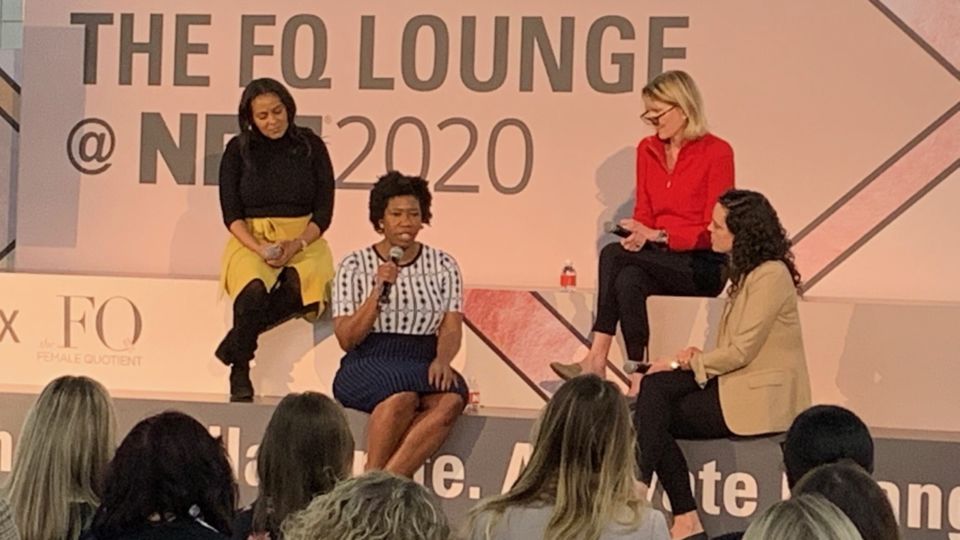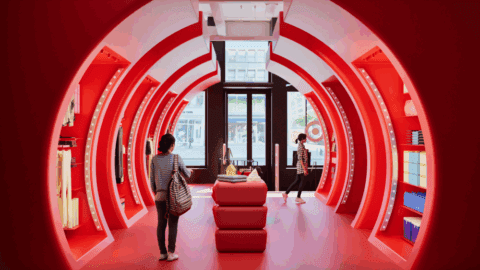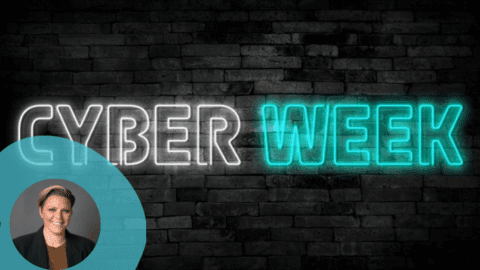Direct-to-consumer (DTC) disruptors such as Casper, Warby Parker and Glossier have disrupted the retail industry by bringing relatively ordinary products to market in new and exciting ways. Many legacy retailers are taking note and attempting to adopt strategies from their innovative playbooks.
During a fascinating panel discussion at NRF 2020, women leaders at emerging DTC brands shared their experiences, challenges and lessons learned building their businesses. Panelists included Nicole Gibbons, Founder and CEO of Clare, a company that has revolutionized the paint buying experience; Amanda E. Johnson, Co-Founder and COO of Mented Cosmetics, which specializes in products for women of color; and Melanie Travis, Founder and CEO of swimwear brand Andie. Following are several key takeaways from their discussion.
1. Customer acquisition can get expensive, so brands should test different tactics: Both Gibbons and Johnson discussed the rising costs of Instagram and Facebook advertising, especially for customer acquisition. Because both entrepreneurs wanted to better understand the larger customer journey, including the preferred channels and engagement methods for their customers, both brands diversified their approach.
“Consumers are deciding how they want to interact with brands and the winners are going to be the ones who embrace a diverse portfolio for attracting customers,” said Johnson. For example, there will always be customers who want to try on a shade of lipstick before they buy it, which is why Johnson is allocating marketing funds towards pop-ups and more in-person experiences.
2. Brands should be scrappy, especially on social: Travis shared an interesting counterpoint to the paid social discussion, noting that brands can reduce costs in campaign management and content creation. The Andie business was able to lower total spend by doing its paid social work in-house. Additionally, the brand has been able to test different, more “scrappy” tactics to see how they resonate with the market, according to Travis.
“For example, we’re whitelisting influencers, which brings low cost-per-acquisition (CPA),” she said. “We’re also using user-generated content more instead of branded content, which keeps costs low. We’re trying to be scrappy and constantly try new things. You have to be really smart in today’s market.”
“You have to get comfortable in the chaos. You have to deal with constant adjustment, optimization and change.”
Melanie Travis, Founder and CEO, Andie
3. Always be in the know, and willing to rediscover, who your customer is: Mented has implemented an ongoing customer auditing process that allows the cosmetics brand to constantly revisit and truly understand customer needs. This quarterly auditing strategy, which has been performed for the past three years, allows all departments to develop a detailed list of questions, touching on everything from favorite colors to favorite brands and even customer lifestyles. The survey results provide detailed insight data into who their shopper truly is, to better inform strategies for marketing, operations and other areas of the business.
4. Be flexible and adaptable: This is especially key for executives bringing completely new products or services to market. In the case of Clare’s market — paint — there was no established framework for success, Gibbons explained. The company’s business has grown largely from partnerships with architects and interior designers, but taking an agile approach allows Clare executives to see what resonates. A combination of social feedback, Net Promoter Score (NPS) survey results and service inputs allows Gibbons and the broader team to constantly find ways to improve their approach. As Gibbons put it: “Just one change in Facebook’s algorithm can change your entire strategy.”
Although these points all are critical to building a culture of innovation and growth, all the panelists emphasized the emotional and mental requirements that come with disrupting well-established industries. One trait that rose to the top was the ability to accept and learn from failure. Travis explained: “We [at Andie] have faced many brick walls. I could have and should have quit Andie many times in the early days, and now we’re one of the fastest-growing swimwear brands.”
In light of uncertainties and failures, executives must learn how to find “calm in the storm,” according to Johnson. “You have to get comfortable in the chaos. You have to deal with constant adjustment, optimization and change.”













